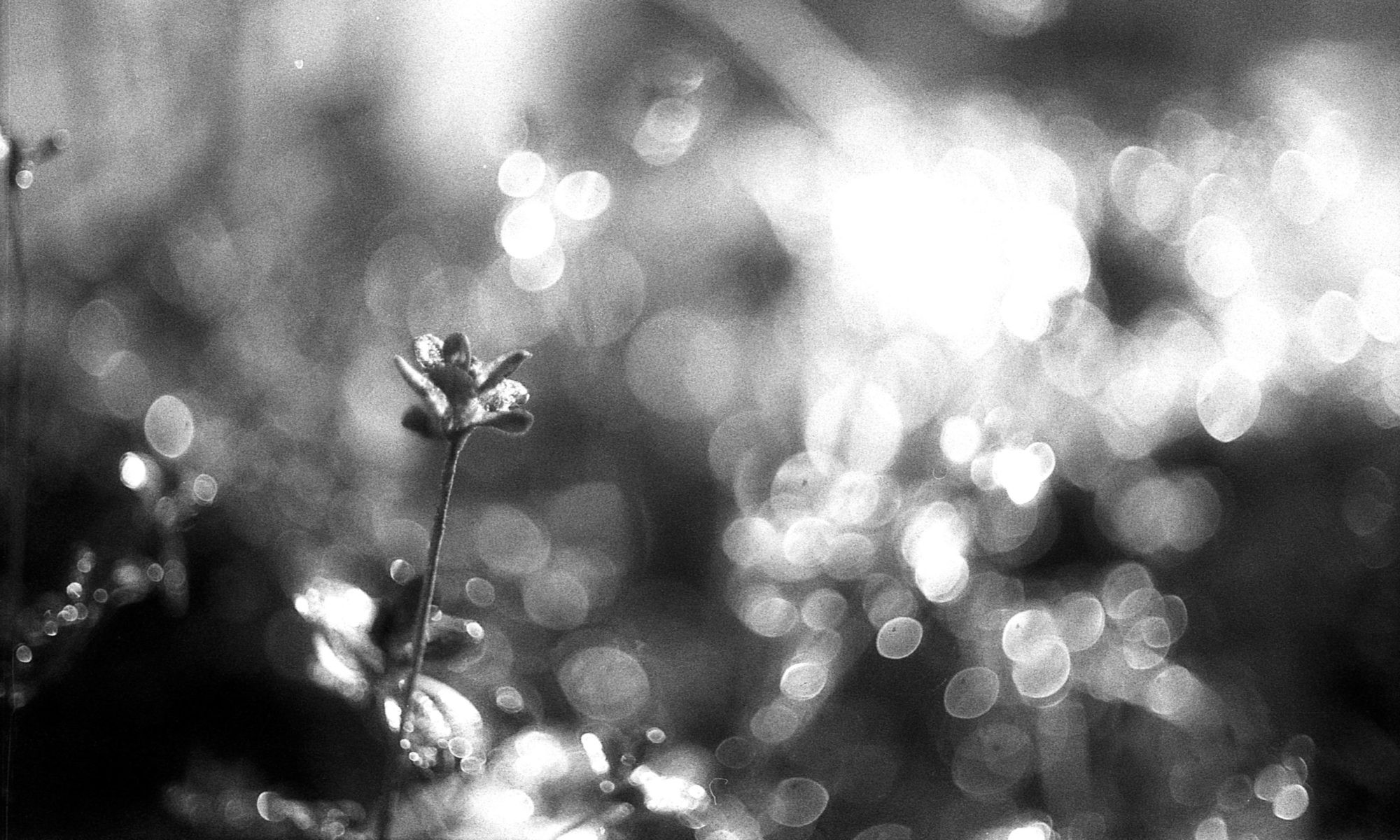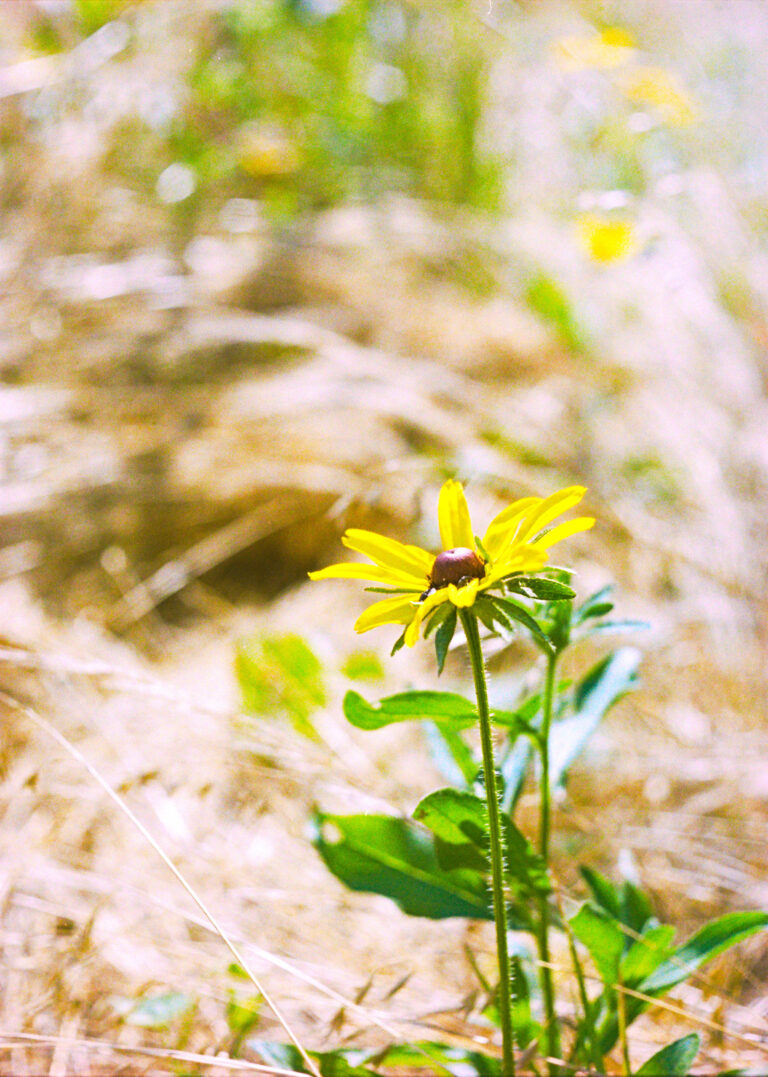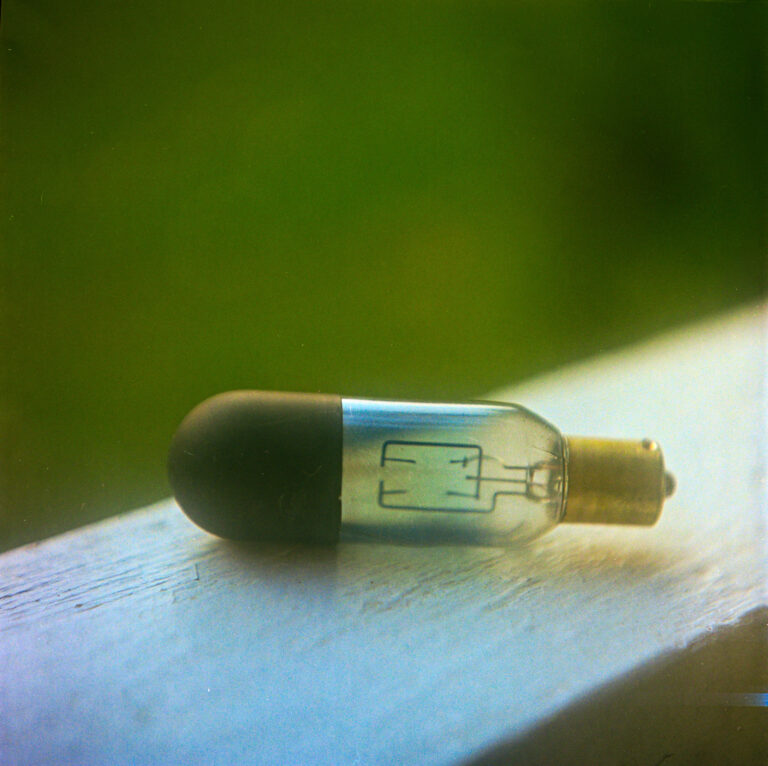A while ago, I caught a flight to visit a friend and fellow photographer on the other side of the country. On the last day of the trip, he gave me this Cirro-Flex TLR as a parting gift.

It’s a pretty basic old camera, but like a lot of cameras from this era, it has the magic of medium format.
I ordered some CatLABS X Film 100 as soon as I got home.


After seeing the results, I was blown away. This 80 year old tin box actually took some really impressive photos!
Aside from the lens, one of the big reasons these photos look so good is the film format. Let me explain.
The What and Why of Medium Format
Medium Format, or 120 film, is huge compared to 35mm. Like, physically large. Negatives can vary in size (more on that later), but in a camera like the Cirro-Flex the negatives are 56x56mm. For comparison, IMAX negatives aren’t much bigger at 70x45mm. 120 film and IMAX are both capable of capturing incredible detail!
Some History
120 film dates all the way back to 1901, when Kodak first introduced it for their Brownie line.
For a while, it was the most popular consumer format, only being eclipsed by the now-ubiquitous 35mm film format in the 1960s.
It’s easy to see why it lost out for casual photographers. With even the most economical cameras only offering 16 shots per roll, the cost was high. 35mm offers more than enough definition and sharpness for most purposes, and 20, 24, or 36 photos per roll made it a no-brainer.
Why (Or Why Not) to Shoot Medium Format
So if 35mm is so much cheaper, why does anyone bother with medium format?
Well, it’s still special in a number of ways.
Detail and sharpness
The “resolution” of film is determined by grain size. Finer grained films produce images that are sharper, more detailed, and (go figure) less grainy.

When you have a negative that’s so much larger than 35mm, there’s way more resolution available. 120 negatives capture tons and tons of detail, even when you crop in close. Grain is also markedly reduced.
This makes 120 a great way to shoot super high speed films like Ilford Delta 3200. Though its light sensitivity is immense, Delta also has incredibly coarse grain. This can be distracting on 35mm, but with 120 the effect is much more subtle.
Think of it like a mosaic: a bigger mosaic with more tiles will look less blocky if you stand the right distance away.
Depth of Field
Photographers love background blur, self included! It really isolates subjects from the background and produces a 3D effect that helps images pop.

It turns out, with a bigger “sensor size” you get a shallower depth of field given the same field of view and aperture size. The image above was taken on a medium format camera at around f/4 if memory serves.
An Antidote?
After getting hooked on 120 with the Cirroflex, I went searching for a camera that would mitigate some of the issues mentioned above.
Specifically, I wanted something easier to carry and shoot, while also not costing a fortune to buy and shoot.
Eventually, my search led me to the folding cameras of the 1950s and 60s, which can actually be quite cheap, and very compact. Relatively speaking, of course. The lack of modern features means they aren’t the fastest to shoot, but I think that’s an acceptable tradeoff.
120folder.com was a great resource for this search, and eventually led me to the Pearl II that I’m using now.

The Bottom Line
Perhaps the price means it’s not for the faint of heart, but if you’re a film photographer I think you’re already used to photography being expensive.
A medium format camera doesn’t have to be an everyday camera, and if you’re like me you’ve already got a couple cameras that would suit that role much better anyway.
There really is no replacement for the experience of shooting medium format though, so if you have the chance I would 100% recommend trying it out.
I really hope I never get into large format though. This hobby is expensive enough as it is!







Leave a Reply